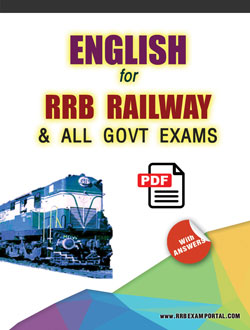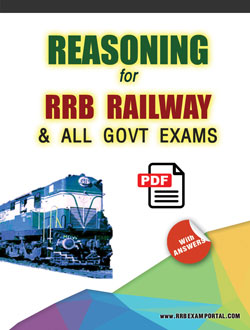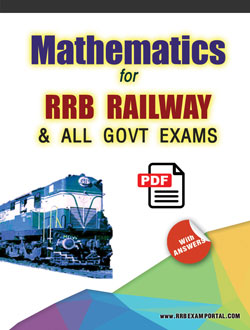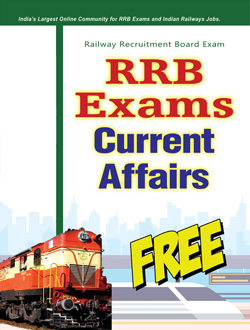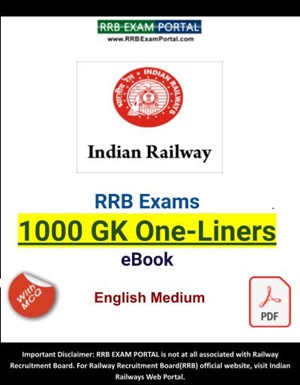Free Study Material For RRB Examination: General Knowledge (Ancient India)
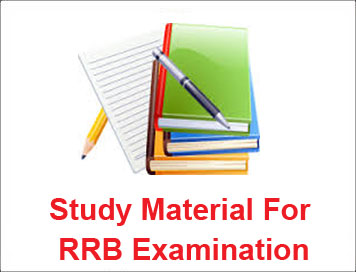
Free Study Material For RRB Examination
Subject : General Knowledge (Ancient India)
The discovery of Mohenjodaro and Harappa by British archaeologist: Marshall proved that Indian civilization is the oldest civilization in the world. Even India came before Greece, considered the oldest civilization before the discovery of Mohenjodaro and Harappa. The main features of Ancient Indian History are as follows:
Indus Valley Civilization
Discovery: In 1921, R.B. Dayaram Sahani, first discovered Harappa, in the Montgomery district of the Punjab. According to radio-carbon dating, it spread from the year 2350-1750.
Dr. R. D. Banerjee found the ancient city Mohenjodaro (literally, ‘city of the dead’) in Larkana district of Sindh, now in Pakistan in 1922.
The Marvelous Town Planning of Mohenjodaro: A chief feature of Mohenjodaro is its superb town planning. The streets, which divided the city into neat rectangular or square blocks, varied in width but always intersected each other at right angles. The city had an elaborate drainage system, consisting of horizontal and vertical drains, street drains and so on. The architecture of the buildings was clearly intended to be functional and minimalist, and certainly not to please the aesthete. Mohenjodaro was obviously a cosmopolitan city, with people of different races mingling with the local populace-Proto-Austroloid, Mediterranean, Alpine and Mongoloid.
Before the coming of Aryans, there was a civilization that was not only well-developed, but actually far more sophisticated than that of the Aryans. The beginning and end of the Indus Valley Civilization are both a matter of debate because people could not have emerged complete with their perfect town planning, neat houses, lovely jewellery and loads of make-up. So where did they come from? and then having come, just where did they disappear? Popular theory, which is most accepted is that the people of the Harappan civilization were chased out by the Aryans and went down south. The present South Indians are their descendants.
The Vedic Period (1500 Bc-600 Bc)
Initially, Aryans settled in the area of Sapt-Sindhu, which included Punjab, Kashmir, Sindh, Kabul and Gandhara (Kandhar). The chief sources of this period are The Vedas and the Epics, the Mahabharata and the Ramayana, which through their stories and hymns tell us about the expansion of the Aryans. The epic Ramayana is a symbolic tale which tells of the Aryan expansion to the south-the good, almost godly, aryaputra (an Aryan’s son) king Rama surging forth to finish off the evil Dasyu (that was what the Aryans called the natives) Ravana.
Aryans Political System
There was complex political system. They hung around together in small village settlements (which later grew to kingdoms) and the basis of their political and social organization was the clan or kula. It was very much a patriarchal society, with the man the house expected to keep his clan in control.
The King was the Supreme Power
The king was the supreme power though he had to work in tandem with the people’s wishes. He had an elaborate court of many officials, including the chief queen (Mahishi) who was elected to help in the decision making process. Two Assemblies, Sabha and Samiti further assisted the king.
No Rigidity in Caste System
The caste system was a loose social system where people could move up and down the social scale. Aryan’s worshipped nature gods-they prayed to the Usha (Dawn), Prajapati (The Creator), Rudra (Thunder), Indra (Rain), Surya (Sun) and so on. These gods and goddesses were appeased by prayers and sacrifices. The status of woman declined.
There are 6 school of Indian philosophy known as Shad-Darshans.
Darshana |
Founder |
| (1) Sankhya | Kapila |
| (2) Yoga | Patanjali |
| (3) Nyaya | Gautama |
| (4) Vaishesika | Kanada |
| (5) Mimanra | Jaimini |
| (6) Vedant/Uttara mimaura | Badarayana |
The earliest reference to the 4 Ashramas - Brahmacharya, Grihastha, Vanprastha and Sanyara in found in teh Jabala Upanishad.
